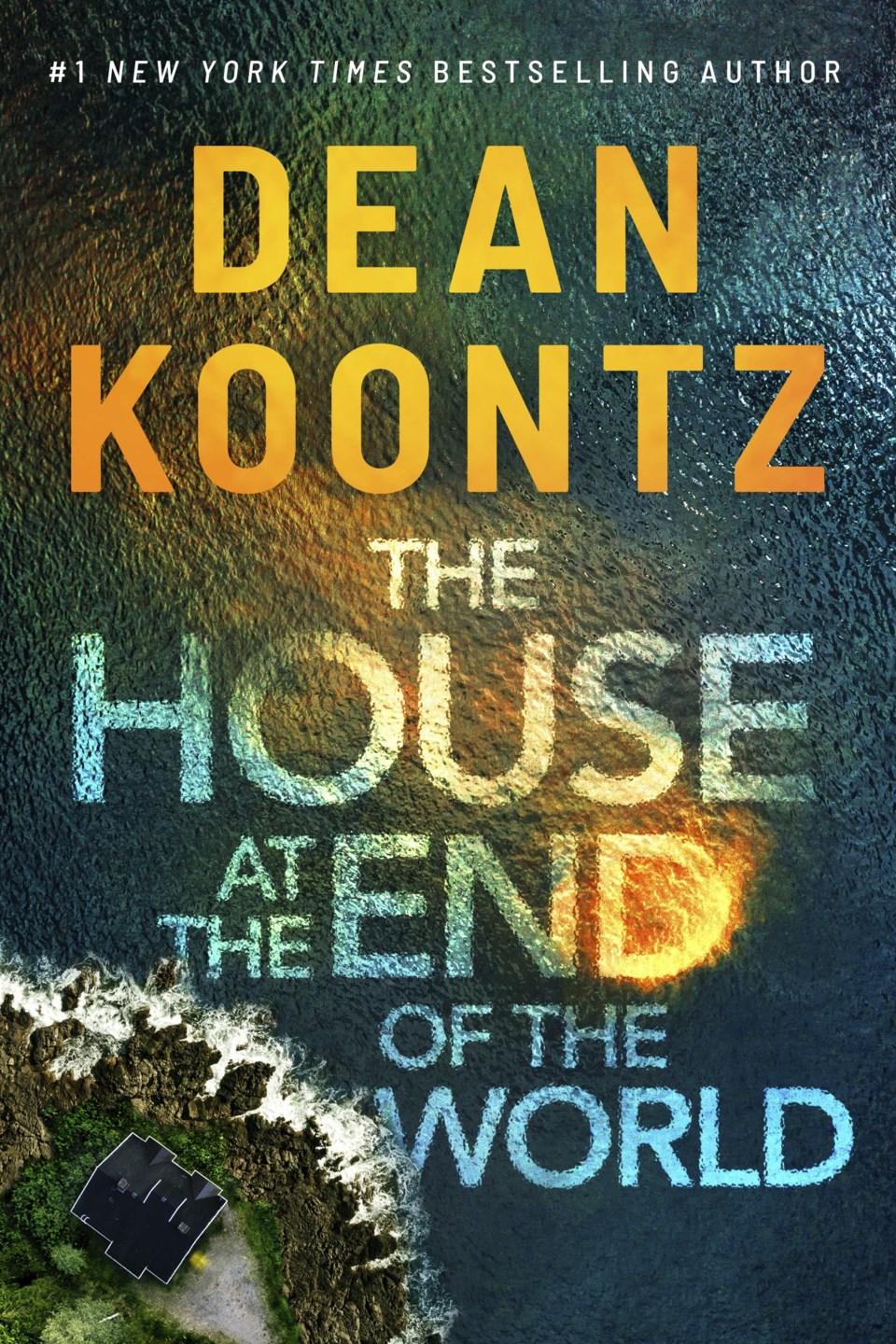“The House at the End of the World” by Dean Koontz (Thomas & Mercer)
Like the “fusions” that terrify the main characters, Dean Koontz’s new thriller feels not quite fully formed. It starts as a mystery — what sort of dangerous experiments is the U.S. government conducting on an island called Ringrock? — and ends as a buddy story, with a woman and a teenager on the run, paranoid that they are being hunted for what they know about Ringrock.
The plot basics, without giving away too much: A woman named Katie, an artist, “lives less for herself than for the dead,” writes Koontz, on an island called Jacob’s Ladder. We get her backstory in brief chapters and suffice it to say she has every reason to be suspicious of the U.S. government. On a neighboring island lives 14-year-old Libby, whose mom and dad work as scientists on Ringrock and treat her more like a boarder than a daughter. When explosions are heard coming from Ringrock and mysterious agents show up looking for someone, or something, Katie and Libby must join forces to survive.
Eventually we get very detailed explanations for the events on Ringrock, in the form of Libby’s father’s scientific journal, but since the novel never takes us there, it all feels even more detached and supernatural than it is. The horror unleashed is never fully engaged by the characters, it’s more often heard, “the ferocious cry of something that ravages whatever offends it and feeds on the remains.” We never get that moment so common in apocalyptic tales when humans confront what is hunting them. Instead, the back half of the book focuses on Katie and Libby fleeing the islands and figuring out how to create a new future together.
In his defense, Koontz obviously chose to tell his tale in this manner. He’s more interested in how Katie and Libby navigate a world in which nobody can be trusted and they never feel safe. Or as Katie tells her therapist in their final meeting before she begins her new solitary life on Jacob’s Ladder: “Of the hard lessons that humanity learns, how many are retained?… The passion of angry ideologues, the ignorance of the arrogant, the ferocity of utopians — how can such people lead the world to anything but its end?” And yet, at the end of these 406 pages, Koontz strikes a hopeful tone, with Katie telling a companion, “There is no end of the world… because in every end, there’s a new beginning.”
Koontz completists will no doubt add this to their collection, but thriller fans either looking for a good scare or a satisfying tale of triumph over evil should look elsewhere.
Rob Merrill, The Associated Press



